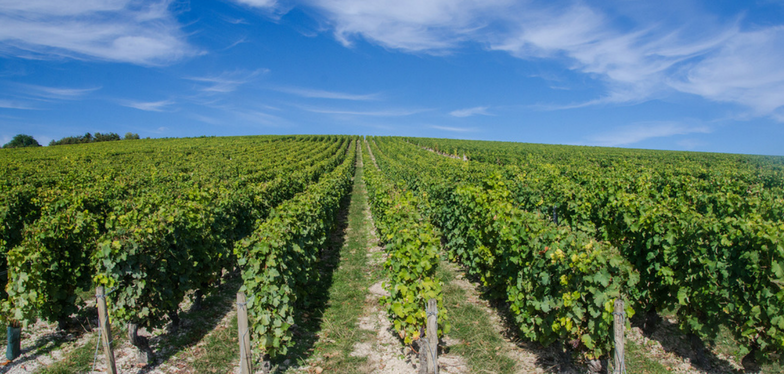Premium Belgian wine? It is only the Belgians that still need to be convinced

Whether the Romans made wine here is unclear. However, the fact that medieval cloisters and the nobility had their own wine is sure. The climate was ideal. Until things started to cool down considerably in the 17th century, at the start of the so-called ‘little ice age’. The frozen vineyards were cleared and the land was used to grow other crops. Beer had meanwhile provided a good and cheap alternative to wine and the main priority was to feed the growing population. The reason was why risk planting grapes and waiting for three years in uncertainty, when others harvests were already possible the following year. Only the vineyards with the best location survived this period. All others disappeared.
This ‘little ice age’ was then followed by a more favourable, i.e. warmer period for wine-growing in our region. Then along came Napoleon. He was regularly - and wrongly - given the blame - for ordering the removal of vineyards to make farmers grow potatoes, carrots ... to feed his soldiers and horses in his cavalry. However, the real perpetrator of the demise has been tracked down: the Tambora.
In April 1815 the top blew off the Tambora volcano on Soembawa, an island in the Dutch East Indies. The eruption was tremendously powerful, lasted three months, and cost hundreds of thousands of human lives, either directly or due to the famine caused by the resulting crop failure. The global effects were so extensive that it is known as ‘1815, the year without a summer’. The temperature here dropped by around 3°C. The impact on the temperature was even greater in the winter of 1815-1816. It was this terribly cold winter that caused wine-making to disappear entirely from our region. No-one thought to replant the vineyards. The famine that hit Europe in the summer of 1816 meant that all available land was used for food.
It was only in the 1960s that wine growing made a real comeback here. 20 years ago, Hageland was the first wine-growing region in our country to be recognised. Winemakers from this particular region can request a so-called protected designation of origin label (PDO). Meanwhile, the regions Heuvelland, Haspengouw and the Côtes de Sambre et Meuse have now also been awarded this label. An application is also currently ongoing from the Maasvallei region on the Dutch border. Wines grown outside these regions can also get recognition, because, in addition to the protected designation of origin label, there is also a protected geographical indication (PGI). The labels ‘Vlaamse landwijn’ for Flemish wine and Vins de Pays de Jardins de Wallonie for wine from Wallonia are such examples. In addition to the title ‘Vlaamse landwijn’ (Flemish country wine) it is also possible to add a reference to the location, such as ‘from the Flemish Ardennes region’, ‘from the coastal region’ or ‘from the Waasland region’. The difference between a PDO label and a PGI label lies in the link with the region. This is governed by specific rules. For example, all grapes used in a PDO wine must come from the same region. In a PGI wine, however, this only applies to 85% of the grapes.